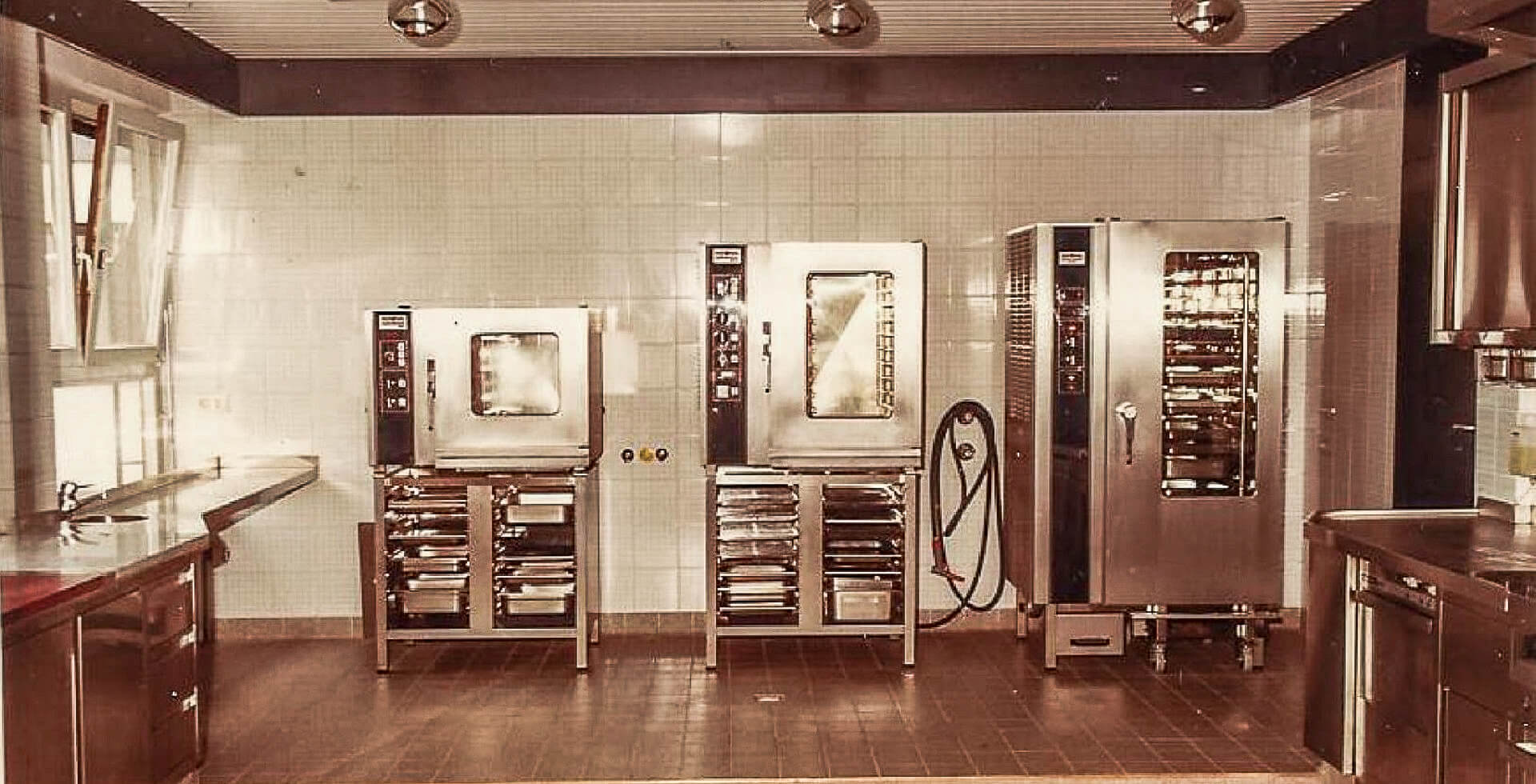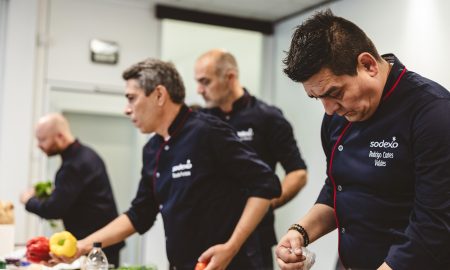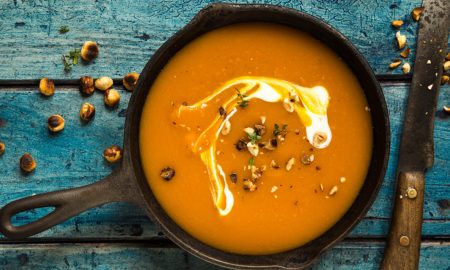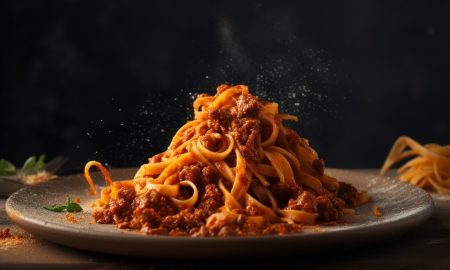Cooking has always been very hard work – with lots of heat, hollering, and the eternal hustle and bustle. But that’s not all. “You had to lug water in and the cooking pots were heavy,” says kitchen historian Dr. Peter Peter. This is one of the reasons he believes “women didn’t become professional chefs for a long time.” Having studied the kitchens of earlier centuries in depth, the researcher goes on to list other challenges: “Fighting vermin, stockpiling without a refrigerator, possible poisoning from fumes,” –problems that seem very far away today. According to the expert, food also burned much more easily than it does with a modern cooking system.
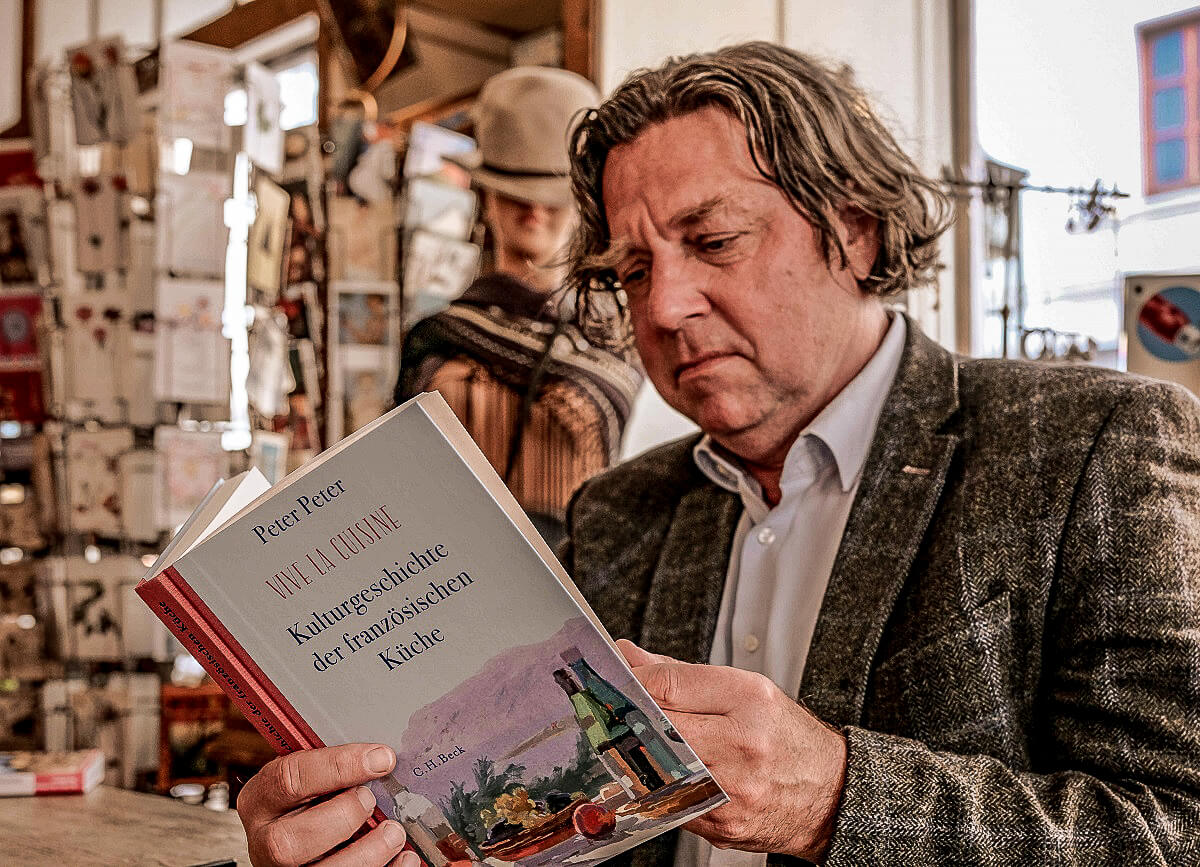
Image: Peter Peter
Human challenge
The human factor in general was challenging. If the roast wasn’t burnt, then it might have been half raw, the vegetables overcooked, the salt left out. For centuries, this remained the case and no one could imagine anything else, regardless of whether they were cooking with wood or more efficient coal, or later, cleaner gas and finally electricity. Eventually, induction technology took away most of the heat, at least. However, this was only one factor of many that ushered in a completely new kitchen era.
The early 70s – start of a new cooking era
Otto Koch, the well-known star and television chef who went down in the annals of German gastronomy as the foster father of the “Junge Wilde” avant-garde of chefs, had his very own revival experience. “At the beginning of the seventies, I spent some time in large hotels in the USA where I saw how huge quantities of ox meat loin were cooked on the bone in these new ovens overnight at 70 degrees. At lunch the next day, these giant pieces of meat were seasoned and seared and then served just like that,” recalls the pro.
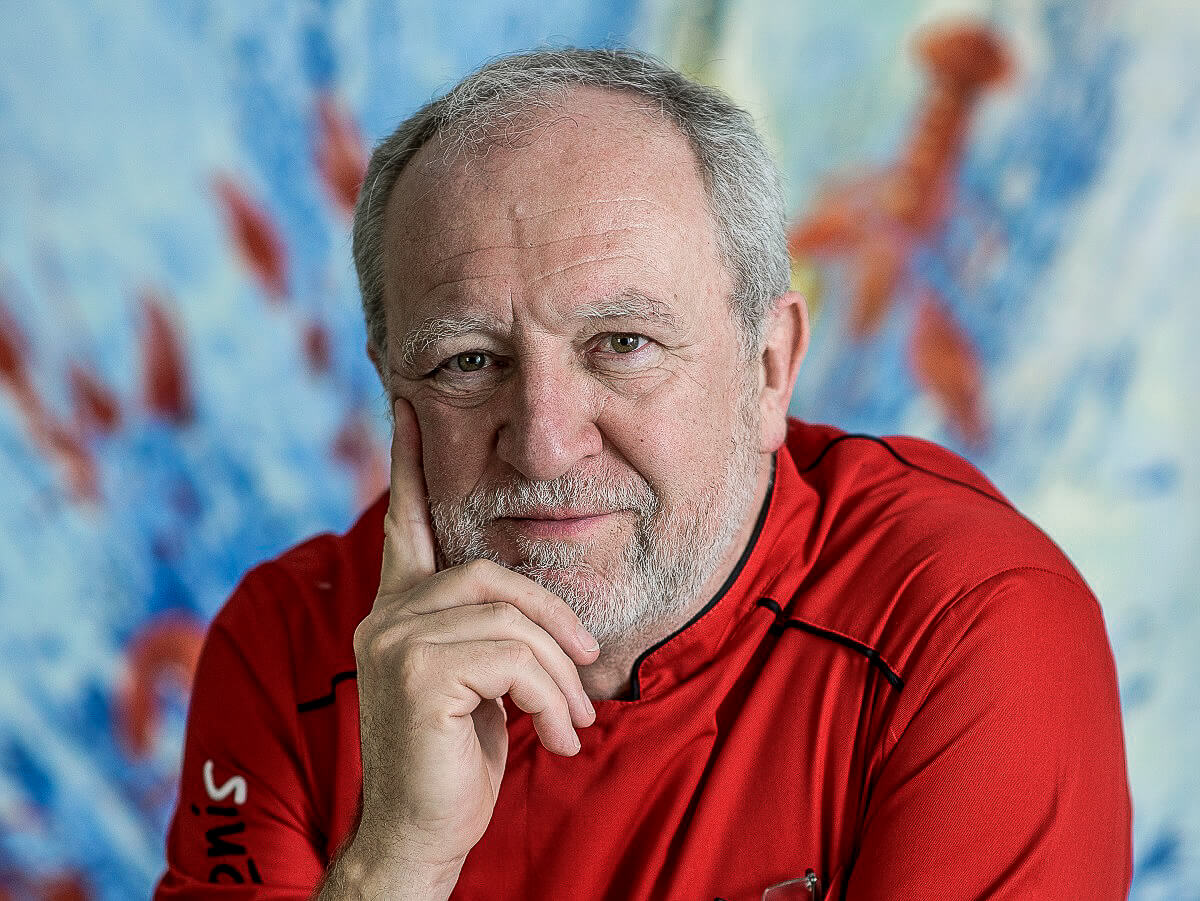
Image: Otto Koch
More relaxed kitchen processes thanks to modern cooking technology
“The intense heat on the outside made a flavorful crust, and on the inside, the meat was pink and juicy all the way through. It was a real discovery for me and a great relief because the staff was much more relaxed. What’s more, this process was much better for cooking with protein. This was a crazy innovation for top gastronomy, but I integrated it into my kitchen during the first few years I was running my own business,” says Koch. “However, at the time we only had very small ovens. They had to be constantly monitored because the temperatures tended to fluctuate considerably. They were always too hot or too cold.” You could only achieve a perfect result by closely monitoring the process. However, that was about to change.
The combi-steamer was an all-rounder on the market
Otto Koch remembers the first time he saw a Rational combi-steamer for professional kitchens while traveling. “A miracle oven at the time, it could maintain the temperature to within a degree. It gave me a lot of new ideas – after all, it all comes down to cooking protein with absolute precision,” says the expert. Thanks to the combi-steamer, there was suddenly a cooking system that mastered nearly all cooking methods: Braising, stewing, baking, roasting, grilling. What’s more, it was suddenly possible to cook different components in one process without transferring taste or odor – a veritable revolution for high-end gastronomy. However, not just for this type. In the 70s, the entire gastronomic world reinvented itself.
Sieh dir diesen Beitrag auf Instagram an
New challenges caused by change
Above all, the success of the up-and-coming fast-food chains rattled and revolutionized the once tradition-oriented industry. The idea of fast, convenient and affordable food excited diners – and also shifted the demands on professional kitchens. What was needed now was standardization, speed, consistent and reproducible quality and, above all, affordable meals. All of this was made possible by modern kitchen equipment, which included features that streamlined operations, such as overnight cooking and the replenishing of convenience items, whether purchased or pre-made in-house.
In the 90s, the development of gastronomy picked up speed again at a rapid pace. Food service companies expanded internationally, and at the same time new trends and cuisine styles from around the world continued to appear on our plates. The gastronomic offering has become more diverse. At the same time, however, new challenges were also emerging, some of which still have a massive impact on gastronomy today. Professional kitchens have become increasingly smaller – as a result, space-saving kitchen appliances are in greater demand than ever before. This means units such as the iVario, which combines all functions such as frying, deep-frying or boiling in a single unit and thus replaces conventional equipment such as tilting pans, boiling pans, pressure cookers or deep-fat fryers.
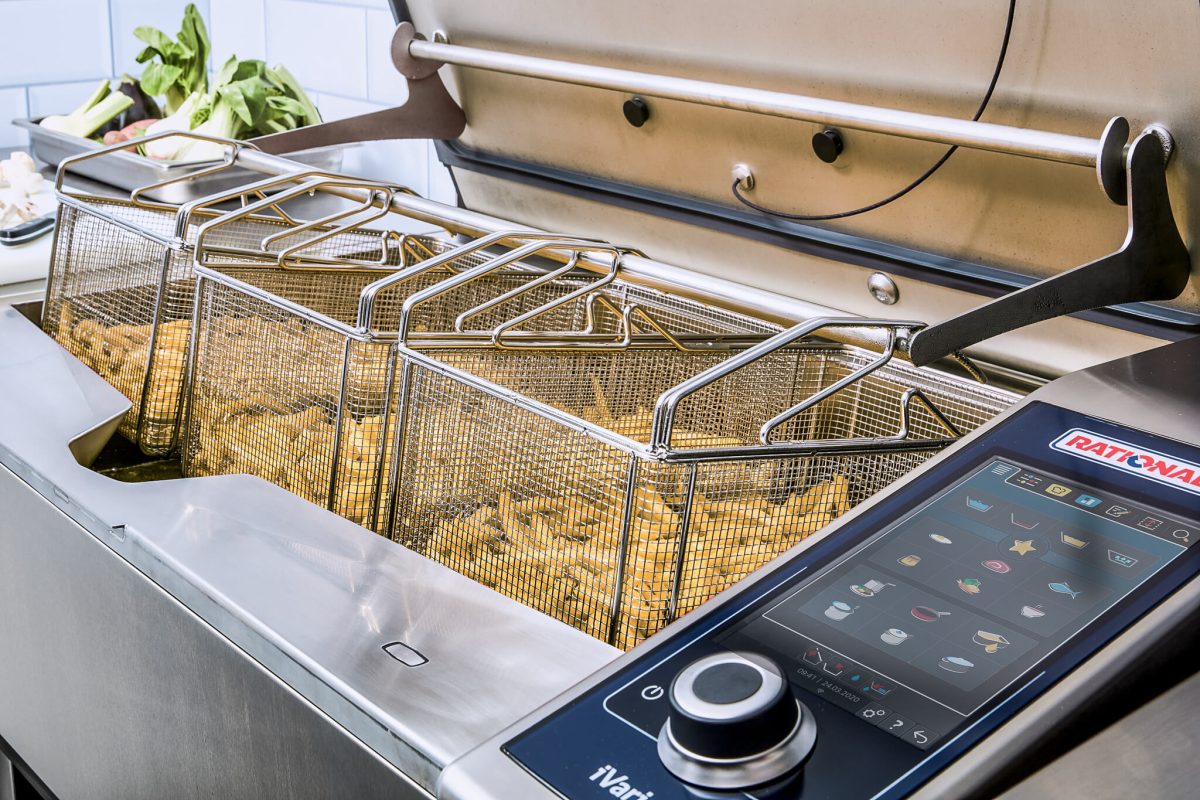
Image: Rational AG
For years, however, the shortage of skilled workers has been the main challenge, a situation that was further exacerbated by the pandemic. Climate change and the issue of sustainability, coupled with the growing importance of sustainable management due to rising energy costs and rising food costs, are also big topics of concern for gastronomy. The increasing digitalization and mechanization of the foodservice industry is both a solution and a challenge, especially for smaller restaurants. Although smartphones, order terminals, online reservations and digital payment are now standard for many, implementation is not always easy.
Kitchen historian Dr. Peter Peter has also formed his own impression of the modern kitchen. In his opinion, temperature-precise cooking and the knowledge of molecular relationships are also among the most important innovations, and therefore also sous vide cooking. However, he has also witnessed another development. “There is an increasing trend towards digitization. Recipes are already preset.”
Digitization has arrived in the professional kitchen
Although the ever-present digitization phenomenon has reached professional kitchens rather late in the day, it has done so all the more intensively. Modern ovens or other kitchen equipment carry out large parts of the preparation themselves and provide easy-to-understand information about all the necessary steps. The basis of all this is, for example, a digital cookbook.
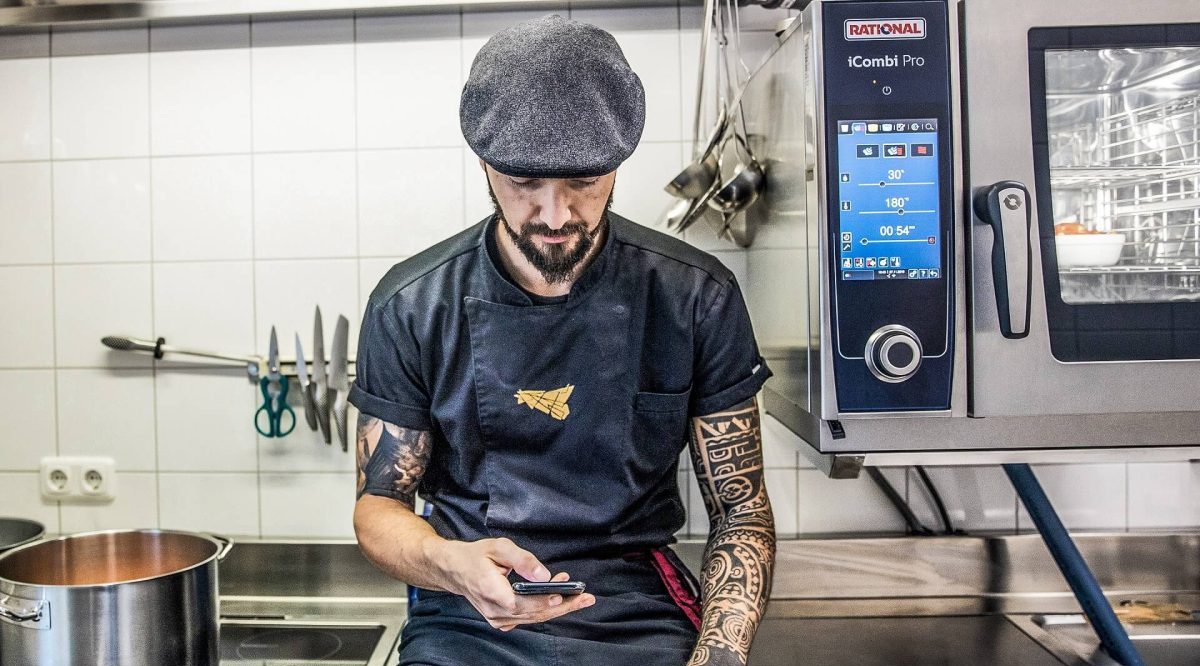
Image: Rational | Sapori
Uploading cooking programs to all connected systems within seconds or viewing automatically recorded utilization, hygiene or energy data while on the move – all of this has now become a reality and saves staff valuable time. Considering this, it’s hard to even fathom what it was like ten or 15 years ago, when everything was meticulously kept in handwritten lists or recipe books. What’s more, thanks to digitization, sophisticated connections can be established, for example to the menu and other devices – indeed, the Internet of Things is already well-established in the kitchen.
Archaic cooking as a counterbalance
“Even appliances like Thermomix, known as Bimby in some countries, largely operate autonomously,” adds Dr. Peter Peter. However, this development is not without its drawbacks. According to the expert, “This goes hand in hand with a partial de-individualization.” And that, he observes, has consequences. “Archaic cooking methods are being rediscovered as a backlash against over-engineered cuisine,” says the historian. “Some are convinced that the best pork roast still comes from a wood-burning stove!” For Dr Peter, the fermentation trend in high-end cuisine is also an example of this return to the past.
Sieh dir diesen Beitrag auf Instagram an
Hardly anyone celebrates the fascination of fire as impressively as the event gastronome and baker Tursen from the Flemish city of Bruges, who inspires with primeval dishes cooked over ferocious flames “Fire gives my breads and dishes flavor and soul,” he says with conviction. Canadian top chef Jessica Rosval, who has found her new gastronomic home in Italy, is also enthusiastic about cooking with fire – as well as Rational’s advanced technology, which helps her to work even more sustainably. A contradiction? Not for the dedicated young woman, who is considered Italy’s best female chef. “We need all of it together. Bringing nature, technology and creativity together in your mind, that’s the future.”


